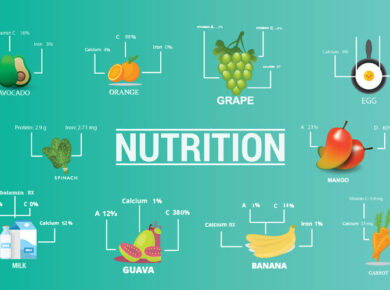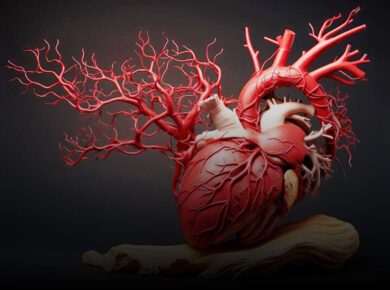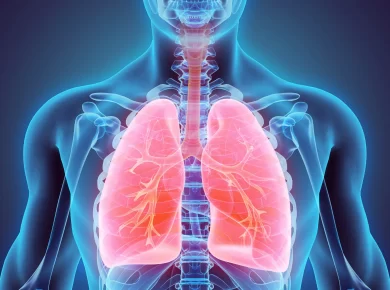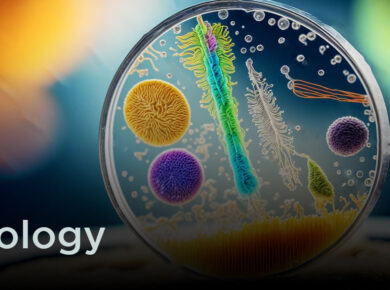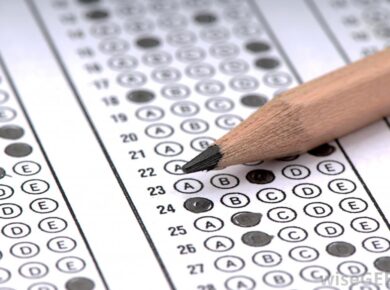Defence Mechanisms in the Body
There are four defence mechanisms in our body
- Immunity to defend the body from infections.
- Metabolic defence to metabolize and detoxify foreign chemicals.
- Stoppage of bleeding Haemostasis and thus preventing blood loss.
- Resistance to stress mainly through release of hormone.
Immunological defence is the most important defence mechanism. It provides protection against various infective agents e.g. virus, bacteria, fungi and parasites and also against the development of a tumour.
Thus, immunological defence serves three main functions
- Defence against microorganisms.
- Recognition and destruction of mutant cells (Surveillance).
- Removal of damaged or non-functional cells to maintain normal state (Homeostasis). Cells participating in the immune response are organized into discrete ‘lymphoid tissues and organ’ and spread throughout the connective tissues of non-lymphoid organs.
1. Tissues and organs involved in the Immune system lymphoid organs are divided into two groups
(i) Central lymphoid organs or primary lymphoid tissue. Example: Thymus and bone marrow.
(ii) Peripheral lymphoid organs or secondary lymphoid tissue. Examples spleen, Payer’s patches, tonsils, lymph nodes and mucosa-associated lymphoid tissue (MALT), which is associated with the respiratory system, urogenital and alimentary canal.
2. Cell Immune System
(i) Lymphocytes (Lymphoid cells)
All these are initially derived from the hemopoietic (blood cell producing) stem cells of bone narrow. Stem cells mean undifferentiated cells which can undergo unlimited division and can give rise to one or several different cell types. Bone marrow stem cells also differentiate to produce hemopoietic (re blood cells), hemopoietic (blood platelets), hemopoietic and monocytes (white blood cells).
(ii) The macrophage
These are derived from monocytes.
Lymphocytes are the major cell types responsible for performing the immune functions. About 1012 lymphocytes constitute the mature lymphoid system in humans, Functionally, lymphocytes are divided into two sub-classes:
(i) B-cells or B-lymphocytes
(ii) T-Cells or T-lymphocytes
Morphologically, these cells cannot be differentiated, but functionally these are distinct. Cells of immune system are differentiated on the basis of presence or absence of specific cell surface markers.
(a) B-Cells (B-lymphocytes)
Main function of B-cells
- Initiate antibody mediated immune response.
- Transform into plasma cells which secrete antibodies. Origin of B-cells “B” stands for Bursa. Studies in birds showed that the burs of fabricius, a hind gut lymphoid organ was the site of early development of antibody producing cells. These cells are therefore termed as ‘B-cells’ (B derived from bursa or fabricius). B-cells lineage are initially generated in foetal (embryonic) liver.
(b) T-cells (T-lymphocytes)
In contrast to B-cells, other lymphocytes leave bone marrow in an immature state during foetal and early stages of life. These are carried to the ‘thymus’, mature in this organ, and then they migrate to the peripheral lymphoid organ.
These cells constitute the second major class of lymphocytes, the T-lymphocyte or T-cells. ‘T’ derived from thymus. Production of T-cells is completed early in life, but like B-cells, they also undergo mitosis in peripheral lymphoid organs, the daughter cells being identical to the original T-cells.
Main functions of T-cells
(i) Regulate immune response.
(ii) Mediate cell-mediated immune (CMI) response.
(iii) Induce B-cells to produce antibody.
For more updates, visit www.iasmania.com. Please share your thoughts and comments.


